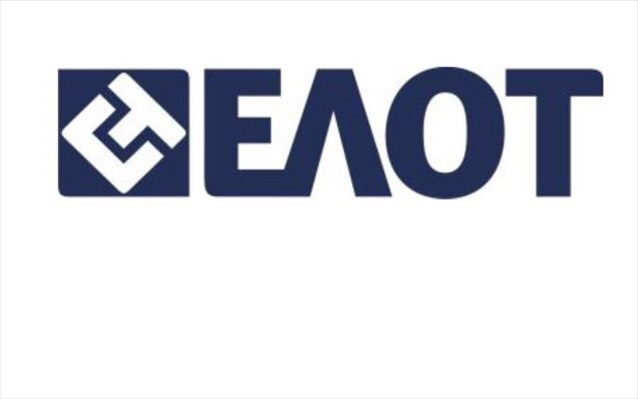Seizure Assistance Dogs
/Seizure assistance dogs are trained to help children with seizures. As part of a wider safety mechanism, many parents will find the help of such dogs beneficial to the lives of their children. A seizure assistance dog cannot replace medical treatments, but it can provide parents with an extra pair of eyes on children dealing with seizures. The benefits of the seizure alert dogs can be many due the strong bond which has been created between them and the children.
Seizure response dogs and seizure alert dogs are the two types of dogs that are trained for seizure disorders. The Nina Service Dogs organization is training seizure alert dogs, which we call seizure assistance dogs.
Children with seizures suffer from anxiety and fear. Some of them are afraid to:
• Sleep in their own beds and rooms alone• Be alone
• Participate in various activities being afraid of having a seizure
• Visit hospitals for blood tests and medical procedures
• expose themselves feeling embarrassed because they might need to wear a helmet
• participate in social groups or in their own session therapies etc.
In these cases the dogs are also trained for behavior disruption.
The dogs provide the child with comfort, recognize to prevent or disrupt unwanted behaviors, help them gain confidence and help them with their socialization barriers. Children feel more secure when they need to visit medical facilities, when they have to sleep or need to stay alone with the company of their dog which becomes their loyal and best friend. Seizure medication may cause behavioral issues. In this case, parents can help their child by giving commands to the dogs, sending them to interact with their child. This skill is great because the children get a extra boost to overcome their issues (even for a while).
Children dealing with seizure disorders are given medication that may also interfere with their balance, which could be life threatening. If needed, the seizure assistance dog can be trained to help children during these times by walking beside them and by holding a specific harness to balance.
After years of scientific research, scientists agree that dogs are capable to sniff and recognize chemical body changes that occur just prior or during a seizure. In order to be able to train a seizure assistance dog for a child, the child has to have frequent seizures and this means minimum three to four a month but in regular basis. Although it is not guaranteed that our seizure assistance dogs will pre-alert, their ability to do this can be increased if it is combined with behavior disruption that we have mentioned above (interaction with the dog).
Some dogs may be more talented than others and may alert naturally. 20% of the dogs who did not have general or specific training, but were placed with people who had seizures and had a strong bond between them, alerted naturally. Dogs who are able to make the connection between the chemical changes and the following incident of a seizure will start to act in a certain way. They might stare at the people, bark compulsively or nipple on them, alerting them that a seizure may occur so they can get ready. They can also be trained to recognize the movements that the child is doing during a seizure and alert parents for that during a seizure.
If we have seizure assistance dogs requests for teenagers or adults, we will only train and provide a service dog to those who will for all intents and purposes never be independent and function more like children. This means that the certified service dog team will consist of the service dog, the partner (person-child with disability) obligatorily and strictly under adult control.
Seizure assistance dogs are tasked trained dogs who are protected by the law and have free public access. The service dog is able to follow his/her child everywhere as long as an adult team member is with them.
*Note: Despite the fact that seizure assistance alert dogs significantly improve the quality of life of epileptic individuals, it is not 100% certain that the service dog will always be in a position to identify the chemical changes of the body. Even if this is indeed realistic, it is implied that the training of the dog will require continuous cooperation of the dog trainer, the epileptic individual and his/her doctor, throughout the duration of the training.
Elena Palagka, Nina Service Dogs











